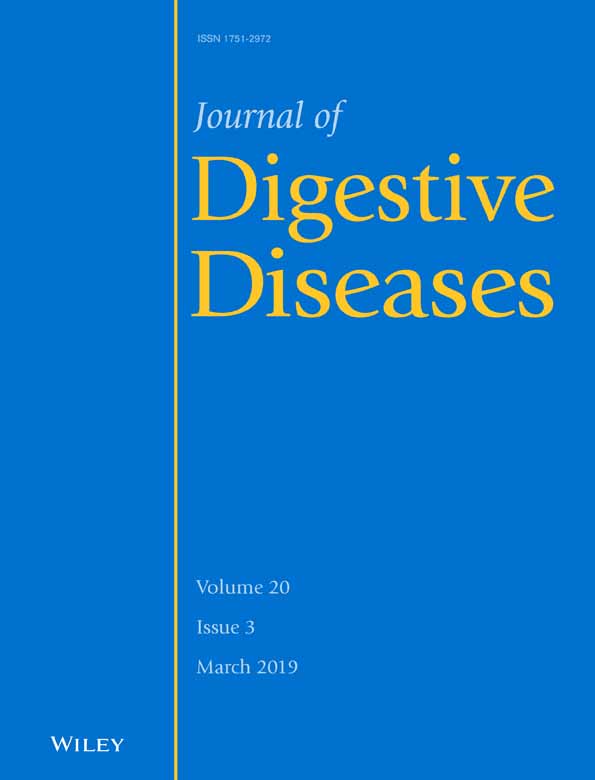Corticosteroid therapy in drug-induced liver injury: Pros and cons
Abstract
Drug-induced liver injury (DILI) is a liver toxicity induced by a drug or its metabolite. The incidence of DILI continues to increase and it has been an enormous challenge worldwide, while the prognosis is not optimistic. Currently, the most effective treatment for DILI is to suspend the offending drug(s) and to avoid re-exposure, with no definitive therapy available for idiosyncratic DILI with or without acute liver failure. Given the anti-inflammatory effects of corticosteroids, they have been widely used in DILI in clinical practice, although their efficacy remains controversial. Several studies have shown their beneficial effects but a few reports have refuted the efficacy of corticosteroids in treating patients with DILI. In this review, we summarized the history and current status of corticosteroid use in liver diseases and the pros and cons of corticosteroid treatment in DILI, and we explored the DILI candidates who may benefit from corticosteroid therapy, the administration route and dosage, and the adverse effects related to corticosteroid use.
CONFLICT OF INTEREST
The authors have no conflict of interest to declare.




